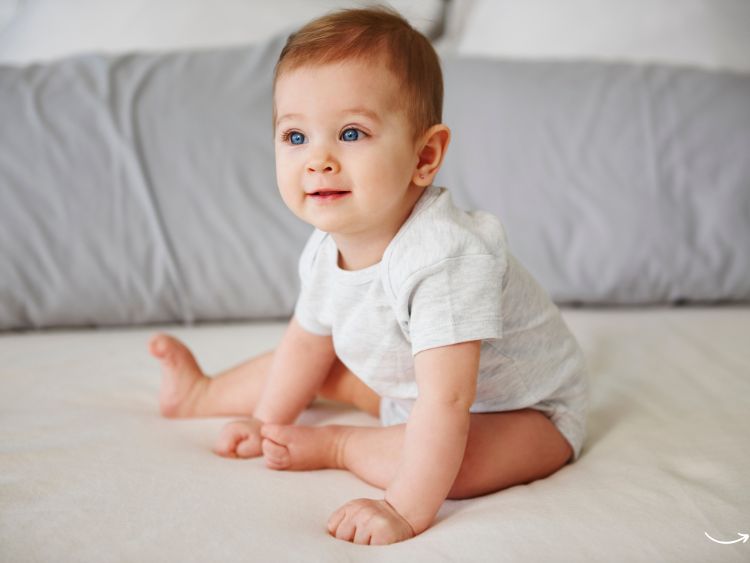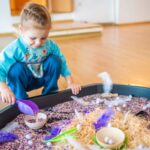Understanding the baby bird growth stages is not only fascinating but also essential for anyone interested in avian life. Whether you’re a bird enthusiast or just curious about how these delicate creatures develop, this guide will take you through every critical stage of a baby bird’s life, from the moment it hatches until it takes its first flight.
When you spot a nest nestled in a tree or shrub, it’s easy to wonder: what goes on inside that tiny world? Birds, much like other animals, undergo distinct growth stages that are crucial for their survival. The transformation from a fragile hatchling to a robust fledgling ready to explore the world is nothing short of miraculous. In this article, we’ll explore these stages, providing insights into what happens at each phase and what you might observe if you’re lucky enough to witness this process in person.
The Journey Begins: Hatching
The first stage in the baby bird growth stages is hatching. After a period of incubation, which varies depending on the species, the baby bird begins its journey into the world. The hatching process itself is an incredible feat of nature, requiring the chick to break through the eggshell using a special temporary structure on its beak called an “egg tooth.”
Key Points During Hatching:
- Incubation period: The duration varies by species but typically ranges from 10 to 30 days.
- Egg tooth: A small, sharp structure on the beak helps the chick break out of the shell. This tooth falls off a few days after hatching.
- Parental care: Often, one or both parents will assist the chick during hatching by removing eggshell fragments.
Hatchlings: The First Few Days
Once hatched, baby birds enter the hatchling stage, which is marked by their complete dependence on their parents. Hatchlings are typically born blind, featherless, and unable to regulate their body temperature, making them extremely vulnerable.
Characteristics of Hatchlings:
- Appearance: Hatchlings are often pink, with eyes closed and no feathers, only down.
- Nutritional needs: They require frequent feeding—sometimes every 10-20 minutes—with a diet rich in protein.
- Parental care: Parents keep the hatchlings warm, often through brooding, and feed them through regurgitation.
Nestlings: Growth and Development
The next stage in the baby bird growth stages is the nestling phase. During this period, the bird begins to develop rapidly, growing feathers and gaining strength. Nestlings are still dependent on their parents but start showing signs of independence.
Nestling Stage Development:
- Feather growth: Primary feathers begin to emerge, providing some protection and insulation.
- Eyes open: By this stage, the bird’s eyes have opened, and it becomes more aware of its surroundings.
- Begging behavior: Nestlings often beg for food with open mouths, making high-pitched calls to attract their parents’ attention.
- Diet: The diet remains rich in protein, essential for the rapid growth taking place.
Fledglings: Preparing to Fly
Fledging is the stage when the baby bird leaves the nest. At this point, the bird has developed enough feathers and muscle strength to attempt its first flight. The fledgling stage is a critical period as the young bird transitions from dependency to independence.
Key Aspects of the Fledgling Stage:
- Feather coverage: Fledglings have most of their adult feathers, though they might still appear somewhat fluffy.
- Flight practice: Initially, fledglings might flutter or hop around the nest area, gradually building the strength and coordination needed for sustained flight.
- Continued parental support: Although they leave the nest, fledglings still rely on their parents for food and protection until they can fend for themselves.
Post-Fledging: Becoming Independent
The final stage in the baby bird growth stages is post-fledging, where the young bird learns to survive on its own. This period involves honing flight skills, learning to forage, and avoiding predators. Parental involvement decreases over time, encouraging the fledgling to become self-sufficient.
Post-Fledging Development:
- Skill refinement: The bird continues to practice flying, landing, and foraging.
- Independence: Gradually, the bird will start to explore further from its parents and eventually become fully independent.
- Survival: The fledgling must now navigate the challenges of the wild, including finding food and avoiding predators.
Common Questions About Baby Bird Growth Stages
Q: What should I do if I find a baby bird on the ground? A: If you find a baby bird that appears to be a fledgling, it’s usually best to leave it alone. Fledglings often spend time on the ground as they learn to fly. However, if the bird is a hatchling or nestling, try to place it back in the nest if it’s safe to do so.
Q: How long does it take for a baby bird to leave the nest? A: The time varies by species but generally ranges from 10 days to 3 weeks after hatching.
Q: Can baby birds survive without their parents? A: Hatchlings and nestlings cannot survive without parental care. Fledglings are more independent but still need their parents’ support until they can fully fend for themselves.
Q: How do birds recognize their parents? A: Baby birds recognize their parents through visual and vocal cues. Parent birds will often respond to their offspring’s begging calls.
Q: Why do some birds push weaker chicks out of the nest? A: This behavior is a survival strategy. By reducing the number of chicks, the stronger ones have a better chance of survival, especially in environments where food is scarce.
Summary
The baby bird growth stages are a series of remarkable transformations that take a bird from a helpless hatchling to an independent fledgling. Each stage is crucial, with the bird developing specific skills and attributes needed for survival. By understanding these stages, we gain a deeper appreciation for the challenges birds face and the incredible journey they undertake from birth to independence.
Authoritative Links:
- https://www.audubon.org/bird-guide
- https://www.allaboutbirds.org/
- https://www.birds.cornell.edu/home/
This comprehensive guide should offer valuable insights into the fascinating world of baby bird development. Whether you’re an avid birdwatcher or simply curious, there’s much to learn from observing these delicate creatures as they grow and thrive.



